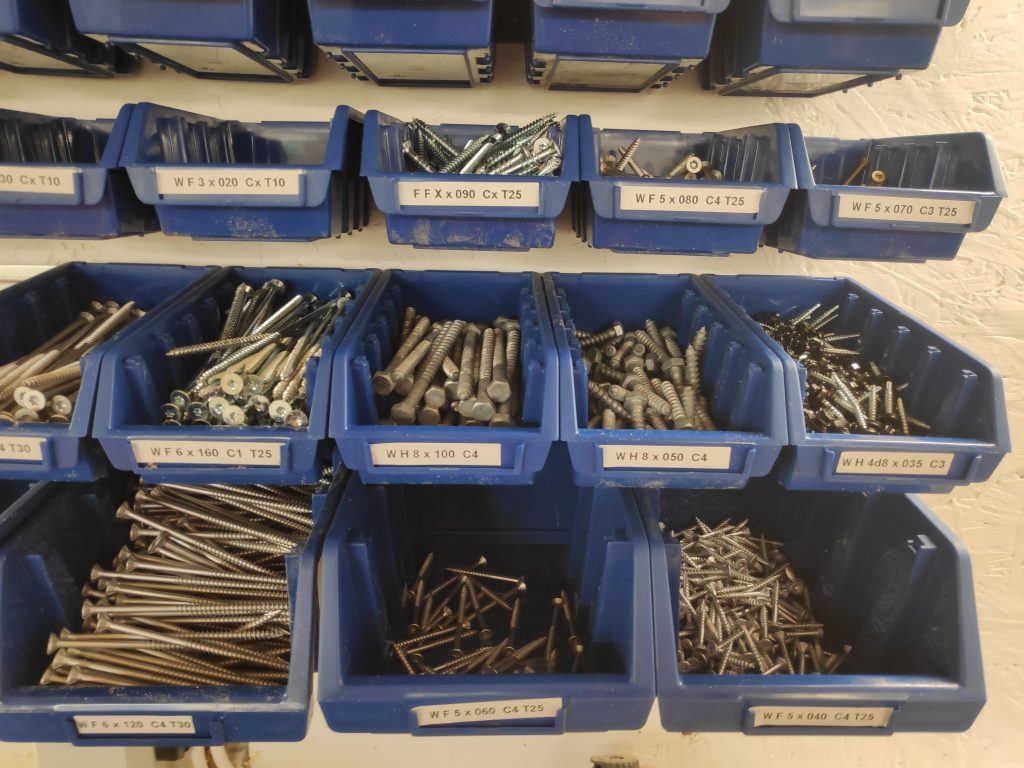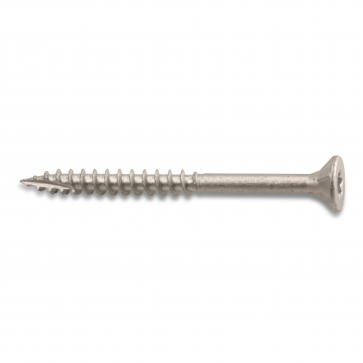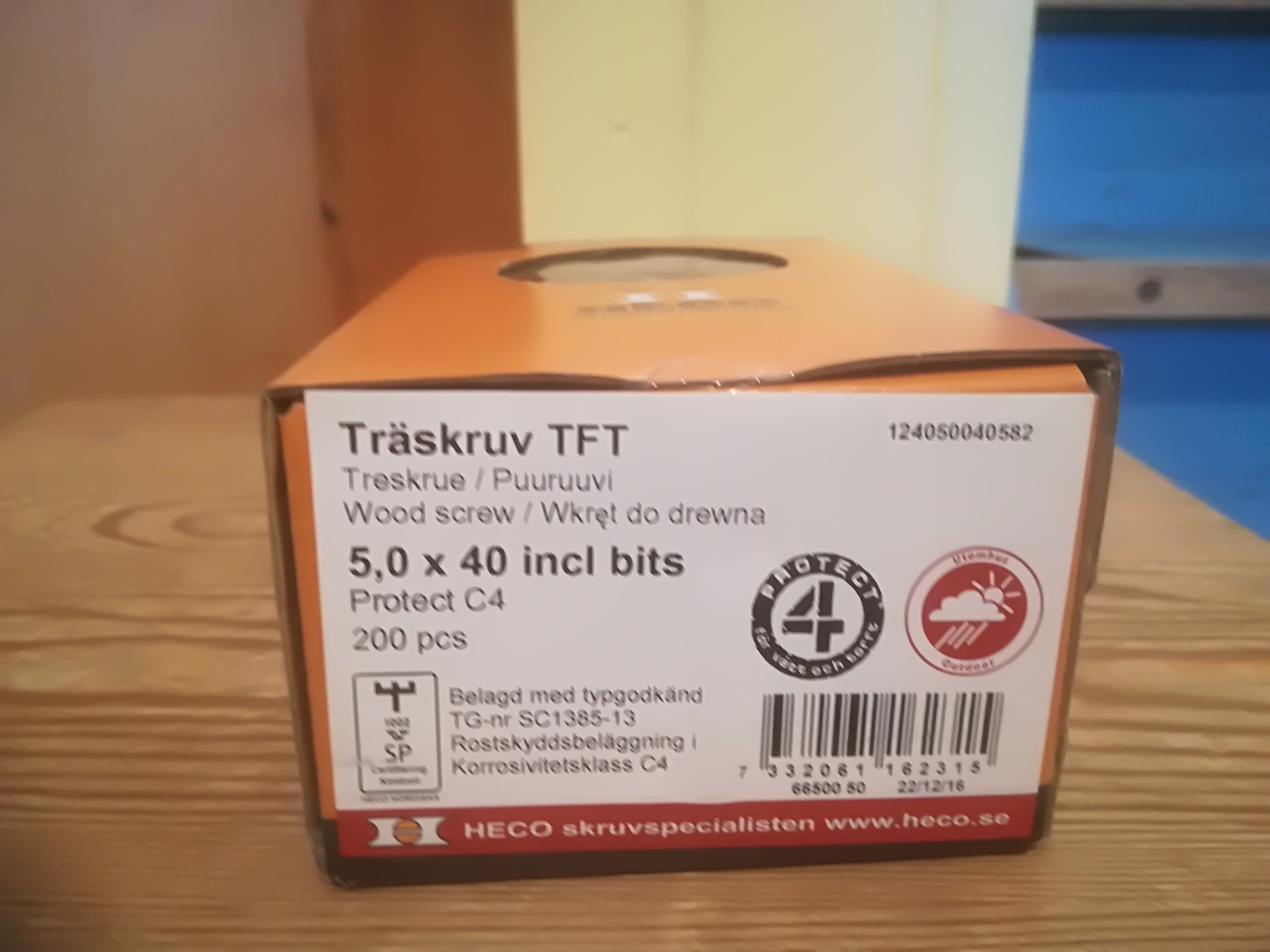
Most workshops worthy of the name face a challenge managing their fastenings. A fastening (British English) or fastener (American English) is a hardware device that mechanically joins/ affixes two or more objects. In general, these create non-permanent joints, that can be removed/ dismantled without damaging the joining components. Examples include: bolts, nails, pins and screws.
Some fastenings are kinder than others. I note that many tradespeople make use of nails, where I instinctively prefer to use screws. Presumably there are others who would regard my choice as reckless, because bolts – with washers and nuts, would be make even more solid, yet removable, joints.
Bins
This past week, Unit One, my personal workshop at Cliff Cottage began installing bins to hold fasteners, and other workshop components. There are four sizes of bins in use, although several more sizes exist. Three of them have a width of 115 mm and a height of 75 mm. The three lengths are 113, 162 and 213 mm. In addition, the fourth has a width of 170 mm, a height of 126 mm, and a depth of 240 mm.
Plastic tracks are used with the two smaller sized bins, while metal ones are used with the two larger ones. There are four locations in the workshop where bins can be placed. One of these has been built out, with a second in the process. Both of these hold six rows/ levels of bins, each 100 mm apart, with a length of 980/ 1 000 mm, using two lengths of track – plastic = 490 mm long, or metal = 500 mm long.
One of the locations waiting for bins can accommodate sic rows, like the locations mentioned previously, while the other can only accommodate three rows, in both cases using three lengths of track, for a length of about 1 500 mm. The location with only three rows is located in the workshop annex, which is mainly for the shop compressor and dust extractor, as well as a spray booth for painting/ coating. The bins here are not for fastenings, but for tool spares and other related parts.
Because of the height difference, the largest size bin is designed to be fitted only onto the lowest level of track, and only in locations with six rows of bins.
One of the main advantages of using bins is that each bin can be moved, hopefully to a more appropriate location, either for work or for storage. Today, for example, I was screwing in some Toolflex tool holders, and was able to carry a bin of screws to the work location. On previous occasions I would probably stuff my pockets with screws.
Labels
One of the main reasons why Hard Head (HH) bins were purchased, rather than the more common and similarly sized Eurobin, was the ability of the HH bins to hold labels, whereas Eurobins have their own, more expensive solution.
The label for one of my more commonly used screws has the following code; W F 5 x 40 C4 T25. For most people this is meaningless, but for me it contains all of the information I need to know. W = wood screw, the type of fastening; F = flat head, or what some people call counter-sunk, the most common type of wood screw; 5 = 5 mm, the screw diameter; 40 = 40 mm, the screw length; C4 = Corrosion class 4, making it suitable for outdoor use in maritime climates; T25 = Torx 25, the size of bit/ driver used to install/ remove screws.
While there are some fairly common abbreviations regarding fastenings, there is also variation. Thus, I have no guilt inventing my own codes to be used at Unit One.
Fastening types: B = bolt; C = clamp; D = dowel; M = machine screw; N = nail/ spike; P = pin; W = wood screw.
Head types: A = Allen/ hex key; C = carriage; E = eye; F = flat or counter-sunk; H = hexagonal; R = round. For bolts: N = nut; W = washer.
Material classes/ types: C1 – C5 = Corrosion class; EP = electro-plated; G = galvanized; A2 = the most common stainless steel class, with corrosion class 4 characteristics; Al = aluminum; Bs = brass; Bz = bronze.
Torx size: T01 to T100. Torx is the standard drive type at Unit One. It allows for a higher torque to be exerted than a similarly sized head using another type of drive, without damaging either the head and/or the tool. Slotted, Phillips or Pozidriv heads that accompany purchased products are almost always recycled, immediately.
An aside: As a Canadian, I used Robertson screws in my youth, initially when building a Sabot sailboat, when I was 13 – 14. These have a tapered square socket in the screw head and a tapered square protrusion on the drive. The drives are coloured in the following order, from smallest to largest: orange (#00), yellow (#0), green (#1), red (#2), black (#3) and brown (#4). It is from using these, that I developed a distrust of Phillips and an aversion for slotted screws, that has continued to this day. Reluctantly, I have to admit that Torx screws perform better than Robertson screws.
Inventory Control
The Unit One workshop does not have a logistics department, nor does it operate on just-in-time principles. The main challenge is to have a supply of fastenings (and other materials) on hand, that can be used when a problem/ challenge emerges. Thus, the workshop is over-supplied with inventory. Items are purchased on a when-in-town and just-in-case basis. Town here refers to Steinkjer, Trøndelag county seat, about 32 km away with its Biltema, Clas Ohlson and Jula shops, all Swedish chains, typically with an oversupply of male customers.
The following is an example of just-in-case thinking. Woodscrews include the following lengths: 16, 20, 30, 40, 60, 90, 120 and 160 mm. There are also some historic 70 and 80 mm long woodscrews, but these sizes will not be replaced when they are used up. Instead, 90 mm screws will become standard. In addition, there are some woodscrews that are used for specific purposes, such as terrace screws, that would be coded: W F 4.2 x 55 A2 T20. Decoding this is left as an exercise for the interested reader.
Where possible, corrosion class C4 screws are used both indoors and outdoors, for there is no need to have a supply of screws that can only be used indoors. That said, it is difficult to find smaller dimension screws (lengths <= 30 mm) that are corrosion protected.




